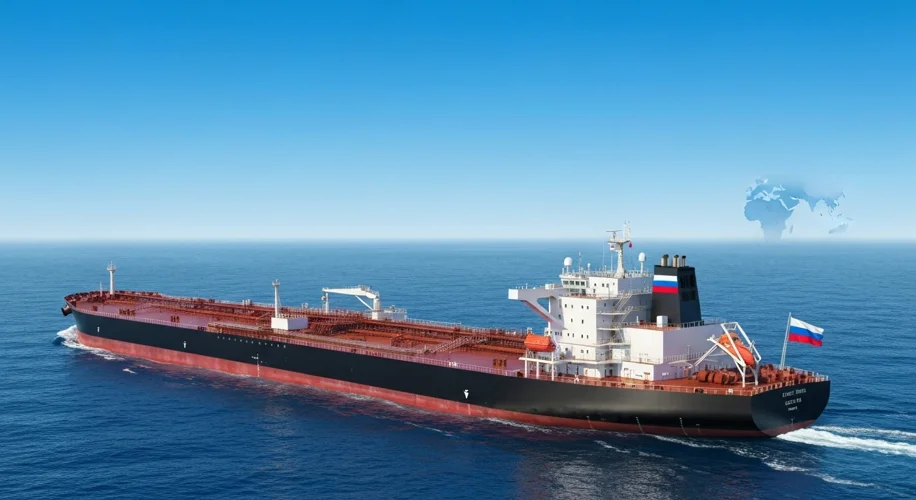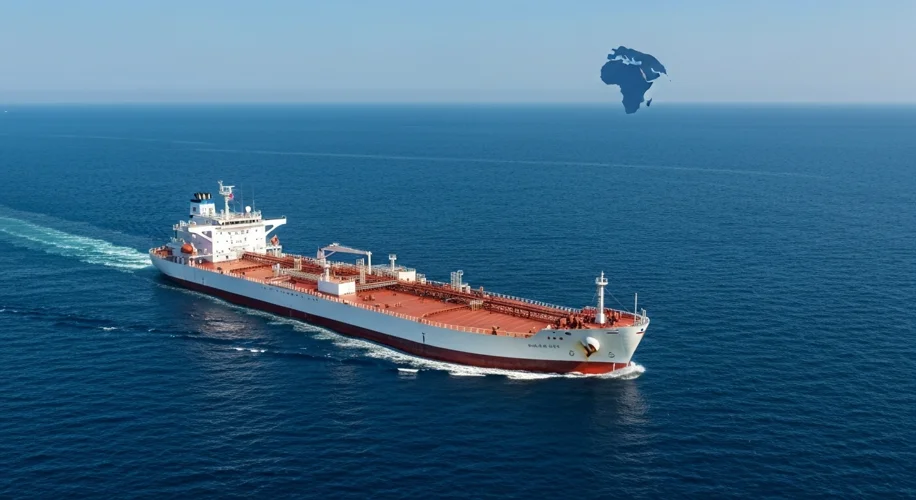The vast expanse of the Indian Ocean, a shimmering expanse connecting continents, has for decades been a silent highway for a crucial commodity: Russian oil. This isn’t a tale of recent, politically charged transactions, but a story woven through decades of Cold War allegiances, shifting global dynamics, and the enduring pursuit of energy security. The relationship between Russia, then the Soviet Union, and India, built on shared strategic interests, has seen a constant flow of ‘black gold’ – crude oil – transforming from a trickle into a torrent, particularly in recent years.
A Friendship Forged in Necessity
The seeds of this oil trade were sown during the Cold War. India, a burgeoning nation striving for self-sufficiency and wary of Western influence, found a steadfast partner in the Soviet Union. While Western nations often imposed sanctions or offered conditional aid, Moscow extended a hand of friendship, offering military hardware, technological assistance, and crucially, energy resources. The Indo-Soviet Treaty of Peace, Friendship and Cooperation signed in 1971 was a pivotal moment, solidifying a strategic alliance that would inevitably encompass economic ties.
From the 1960s onwards, the Soviet Union began to supply India with crude oil. These were not massive volumes by today’s standards, but they were vital for India’s nascent industrialization and energy needs. This early trade was often conducted through complex barter agreements, a testament to the unique economic structures of the time. India, in return, might offer manufactured goods, agricultural products, or even defense equipment. It was a partnership built on mutual need, where energy security for India was balanced by the Soviet Union’s desire for strategic influence and a reliable market for its vast oil reserves.
The Collapse and the Resurgence
The dissolution of the Soviet Union in 1991 cast a long shadow over this relationship. For a period, the oil shipments became less consistent as Russia navigated its own economic turmoil and established new market relationships. India, meanwhile, diversified its energy sources, looking towards the Middle East and other global suppliers. The volumes dwindled, and the strategic importance of the Russian oil route seemed to wane.
However, the late 2000s and especially the 2010s saw a dramatic resurgence. Russia, having stabilized its economy and become a dominant force in global energy markets, renewed its focus on India as a key strategic partner and a rapidly growing energy consumer. India’s insatiable demand for energy, fueled by its booming economy and expanding population, created a perfect storm for increased Russian oil imports.

The Modern Era: Sanctions and Strategic Shifts
The geopolitical landscape shifted dramatically in February 2022 with Russia’s invasion of Ukraine. The ensuing international sanctions, aimed at crippling Russia’s economy, created a complex dilemma for global energy markets and for nations like India that relied on Russian oil. While many Western nations shunned Russian crude, India, under Prime Minister Narendra Modi, adopted a policy of strategic neutrality, continuing to purchase Russian oil at discounted prices.
This decision was driven by a confluence of factors. India’s commitment to energy security and affordability for its citizens was paramount. The discounts offered by Russia made its oil a far more attractive proposition than the soaring global market prices. Furthermore, India’s long-standing, independent foreign policy and its strategic partnership with Russia meant it was not inclined to follow Western dictates blindly.
The mechanics of these shipments have also evolved. Gone are the simple barter systems of the Soviet era. Today, vast supertankers laden with Russian crude embark on journeys that can take weeks, navigating complex shipping routes. Major Indian refineries, like those operated by Indian Oil Corporation, Bharat Petroleum, and Hindustan Petroleum, have become adept at processing Russian Urals crude, a blend previously less common in their intake.
The Numbers Game and the Geopolitical Chessboard
The impact of these shipments has been profound. India has become one of Russia’s largest oil customers, a fact that has significantly helped Russia weather the economic storm caused by Western sanctions. Conversely, these imports have been a lifeline for India, helping to keep domestic fuel prices relatively stable amidst global volatility. The sheer volume is staggering: in the post-2022 era, Russian oil has constituted a significant percentage of India’s total crude imports, a stark contrast to its negligible share in the pre-invasion period.
This oil trade is more than just an economic transaction; it is a complex geopolitical dance. It represents India’s assertion of its strategic autonomy on the world stage. It allows Russia to maintain its vital energy export revenues, defying Western attempts to isolate it. The shipping routes, the insurance arrangements, and the payment mechanisms all become part of a larger strategic calculus, often conducted away from the glare of international scrutiny. The U.S. and other Western allies have, at times, expressed concern, but India has consistently maintained that its energy purchases are in its national interest.
Looking Ahead: A Continuously Flowing Pipeline?
The future of Russian oil shipments to India remains a dynamic and evolving story. Global energy prices, geopolitical tensions, and the strategic priorities of both nations will continue to shape this critical trade route. While the world watches for shifts in international relations and potential further sanctions, the black gold highway between Russia and India appears set to remain a crucial artery, a testament to a partnership that has weathered the storms of history and continues to fuel a growing Asian giant.

